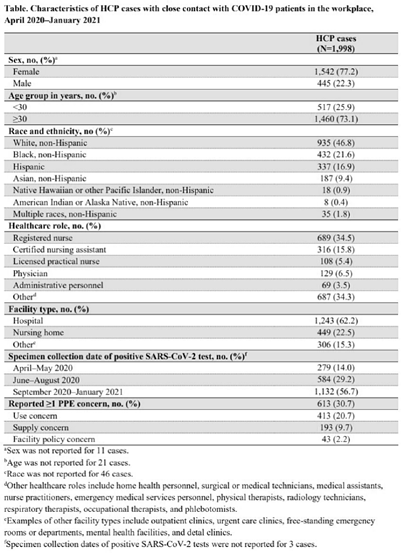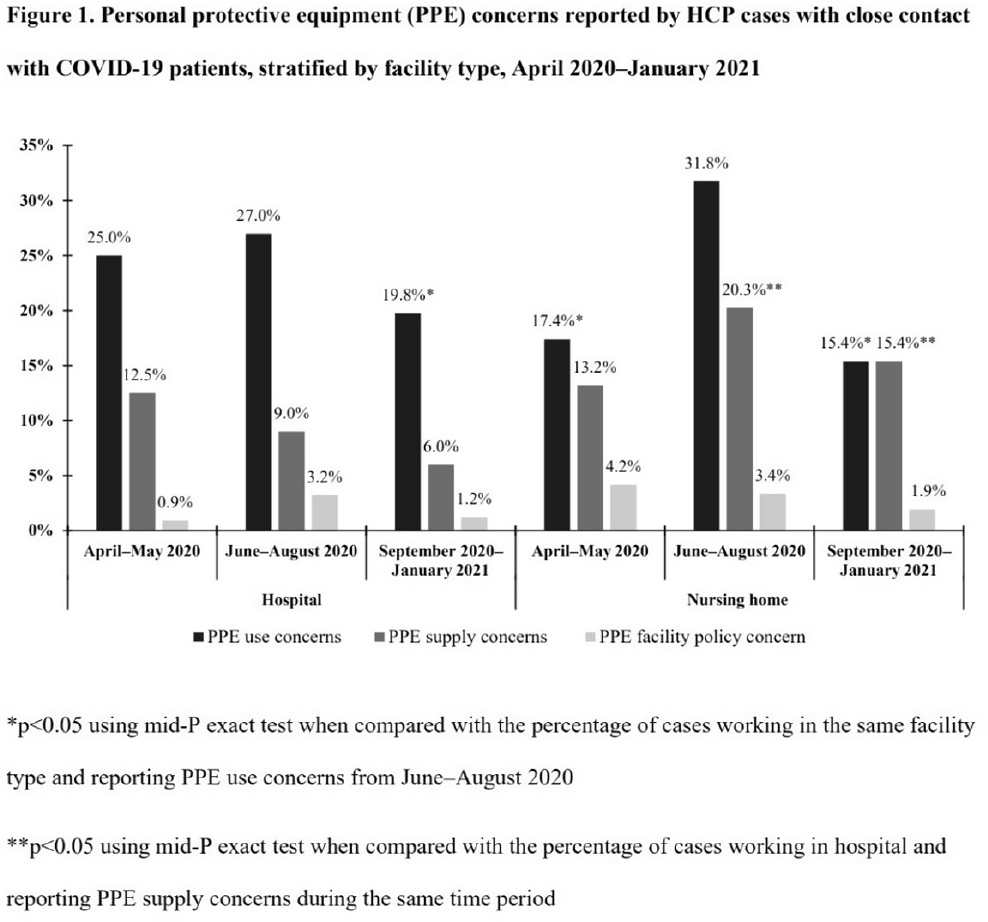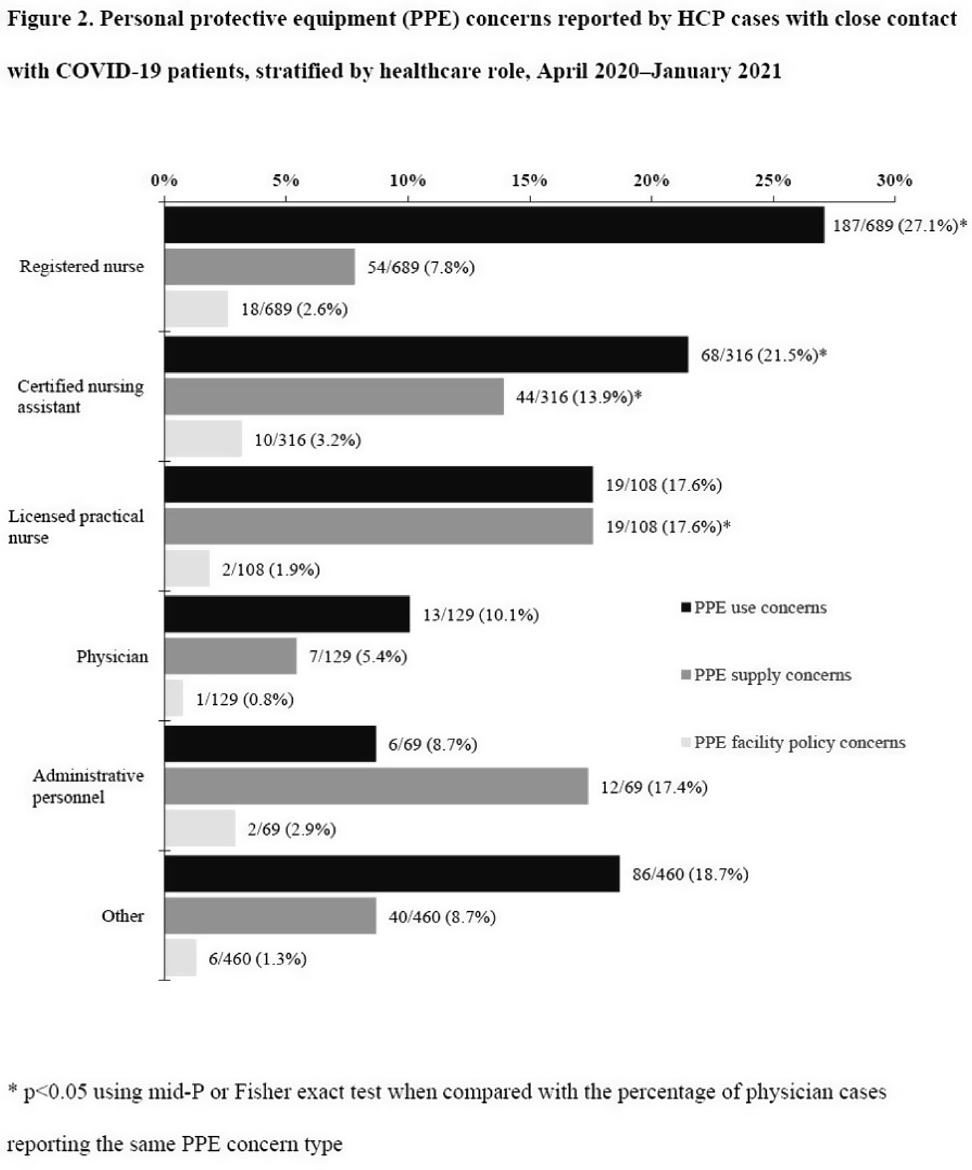32 results
FAIR enough: Building an academic data ecosystem to make real-world data available for translational research
-
- Journal:
- Journal of Clinical and Translational Science / Volume 8 / Issue 1 / 2024
- Published online by Cambridge University Press:
- 02 May 2024, e92
-
- Article
-
- You have access
- Open access
- HTML
- Export citation
Neurodevelopmental outcomes at 18 months of children diagnosed with CHD compared to children born very preterm
-
- Journal:
- Cardiology in the Young , First View
- Published online by Cambridge University Press:
- 02 January 2024, pp. 1-7
-
- Article
-
- You have access
- Open access
- HTML
- Export citation
Characteristics of healthcare personnel who reported concerns related to PPE use during care of COVID-19 patients
-
- Journal:
- Antimicrobial Stewardship & Healthcare Epidemiology / Volume 2 / Issue S1 / July 2022
- Published online by Cambridge University Press:
- 16 May 2022, pp. s8-s9
-
- Article
-
- You have access
- Open access
- Export citation
Practices and activities among healthcare personnel with severe acute respiratory coronavirus virus 2 (SARS-CoV-2) infection working in different healthcare settings—ten Emerging Infections Program sites, April–November 2020
- Part of
-
- Journal:
- Infection Control & Hospital Epidemiology / Volume 43 / Issue 8 / August 2022
- Published online by Cambridge University Press:
- 02 June 2021, pp. 1058-1062
- Print publication:
- August 2022
-
- Article
-
- You have access
- Open access
- HTML
- Export citation
High-resolution microparticle profiles at NorthGRIP, Greenland: case studies of the calcium–dust relationship
-
- Journal:
- Annals of Glaciology / Volume 35 / 2002
- Published online by Cambridge University Press:
- 14 September 2017, pp. 237-242
-
- Article
-
- You have access
- HTML
- Export citation
Glaciochemical reconnaissance of a new ice core from Severnaya Zemlya, Eurasian Arctic
-
- Journal:
- Journal of Glaciology / Volume 51 / Issue 172 / 2005
- Published online by Cambridge University Press:
- 08 September 2017, pp. 64-74
-
- Article
-
- You have access
- HTML
- Export citation
Accurate Radiocarbon Dating of Archaeological Ash Using Pyrogenic Aragonite
-
- Journal:
- Radiocarbon / Volume 59 / Issue 1 / February 2017
- Published online by Cambridge University Press:
- 16 March 2017, pp. 231-249
- Print publication:
- February 2017
-
- Article
- Export citation
Contributors
-
-
- Book:
- The Cambridge Dictionary of Philosophy
- Published online:
- 05 August 2015
- Print publication:
- 27 April 2015, pp ix-xxx
-
- Chapter
- Export citation
Behnam Sadeghi . The Logic of Law Making in Islam: Women and Prayer in the Legal Tradition. Cambridge: Cambridge University Press, 2013. vii + 234 pages, notes, bibliography, index. Cloth US$99.99 ISBN 978-1-1070-0909-7.
-
- Journal:
- Review of Middle East Studies / Volume 49 / Issue 1 / February 2015
- Published online by Cambridge University Press:
- 14 October 2015, pp. 99-101
- Print publication:
- February 2015
-
- Article
- Export citation
Irradiation Response of Graphene Enhanced Gallium Nitride Metal-Semiconductor-Metal Ultraviolet Photodetectors
-
- Journal:
- MRS Online Proceedings Library Archive / Volume 1746 / 2015
- Published online by Cambridge University Press:
- 08 May 2015, mrsf14-1746-gg01-04
- Print publication:
- 2015
-
- Article
- Export citation
Contributors
-
-
- Book:
- F. Scott Fitzgerald in Context
- Published online:
- 05 February 2013
- Print publication:
- 18 March 2013, pp xi-xx
-
- Chapter
- Export citation
SAVE OUR STATE: A DECADE OF WRITING ON JURISDICTION AND SOVEREIGNTY IN EAST AND WEST ASIA
-
- Journal:
- International Journal of Middle East Studies / Volume 45 / Issue 1 / February 2013
- Published online by Cambridge University Press:
- 05 March 2013, pp. 149-160
- Print publication:
- February 2013
-
- Article
- Export citation
Contributors
-
-
- Book:
- The Psychological Significance of the Blush
- Published online:
- 05 December 2012
- Print publication:
- 29 November 2012, pp ix-x
-
- Chapter
- Export citation
EFFECT OF TEMPERATURE DURING MAY TO AUGUST ON TERMINATION OF PROLONGED DIAPAUSE IN THE DOUGLAS-FIR CONE MOTH (LEPIDOPTERA: TORTRICIDAE)
-
- Journal:
- The Canadian Entomologist / Volume 118 / Issue 10 / October 1986
- Published online by Cambridge University Press:
- 31 May 2012, pp. 1073-1074
-
- Article
- Export citation
INDUCTION OF PROLONGED DIAPAUSE IN BARBARA COLFAXIANA (LEPIDOPTERA: OLETHREUTIDAE): CORRELATIONS WITH CONE CROPS AND WEATHER
-
- Journal:
- The Canadian Entomologist / Volume 114 / Issue 6 / June 1982
- Published online by Cambridge University Press:
- 31 May 2012, pp. 465-471
-
- Article
- Export citation
Avi Rubin, Ottoman Nizamiye Courts: Law and Modernity (New York: Palgrave Macmillan, 2011). Pp. 224. $85.00 cloth.
-
- Journal:
- International Journal of Middle East Studies / Volume 44 / Issue 1 / February 2012
- Published online by Cambridge University Press:
- 27 January 2012, pp. 189-190
- Print publication:
- February 2012
-
- Article
- Export citation
Electroplate-and-Lift (E&L) Lithography on Reusable, Patterned Ultrananocrystalline Diamond (UNCD) Templates for Rapid Prototyping of Micro- and Nanowires.
-
- Journal:
- MRS Online Proceedings Library Archive / Volume 1412 / 2012
- Published online by Cambridge University Press:
- 30 March 2012, mrsf11-1412-ff02-05
- Print publication:
- 2012
-
- Article
- Export citation
Contributors
-
-
- Book:
- Multiple Sclerosis Therapeutics
- Published online:
- 05 December 2011
- Print publication:
- 20 October 2011, pp viii-xii
-
- Chapter
- Export citation
Individual Therapy Attrition Rates in a Low-Intensity Service: A Comparison of Cognitive Behavioural and Person-Centred Therapies and the Impact of Deprivation
-
- Journal:
- Behavioural and Cognitive Psychotherapy / Volume 40 / Issue 2 / March 2012
- Published online by Cambridge University Press:
- 19 August 2011, pp. 245-249
- Print publication:
- March 2012
-
- Article
- Export citation
Contributors
-
-
- Book:
- The Cambridge Dictionary of Christianity
- Published online:
- 05 August 2012
- Print publication:
- 20 September 2010, pp xi-xliv
-
- Chapter
- Export citation




